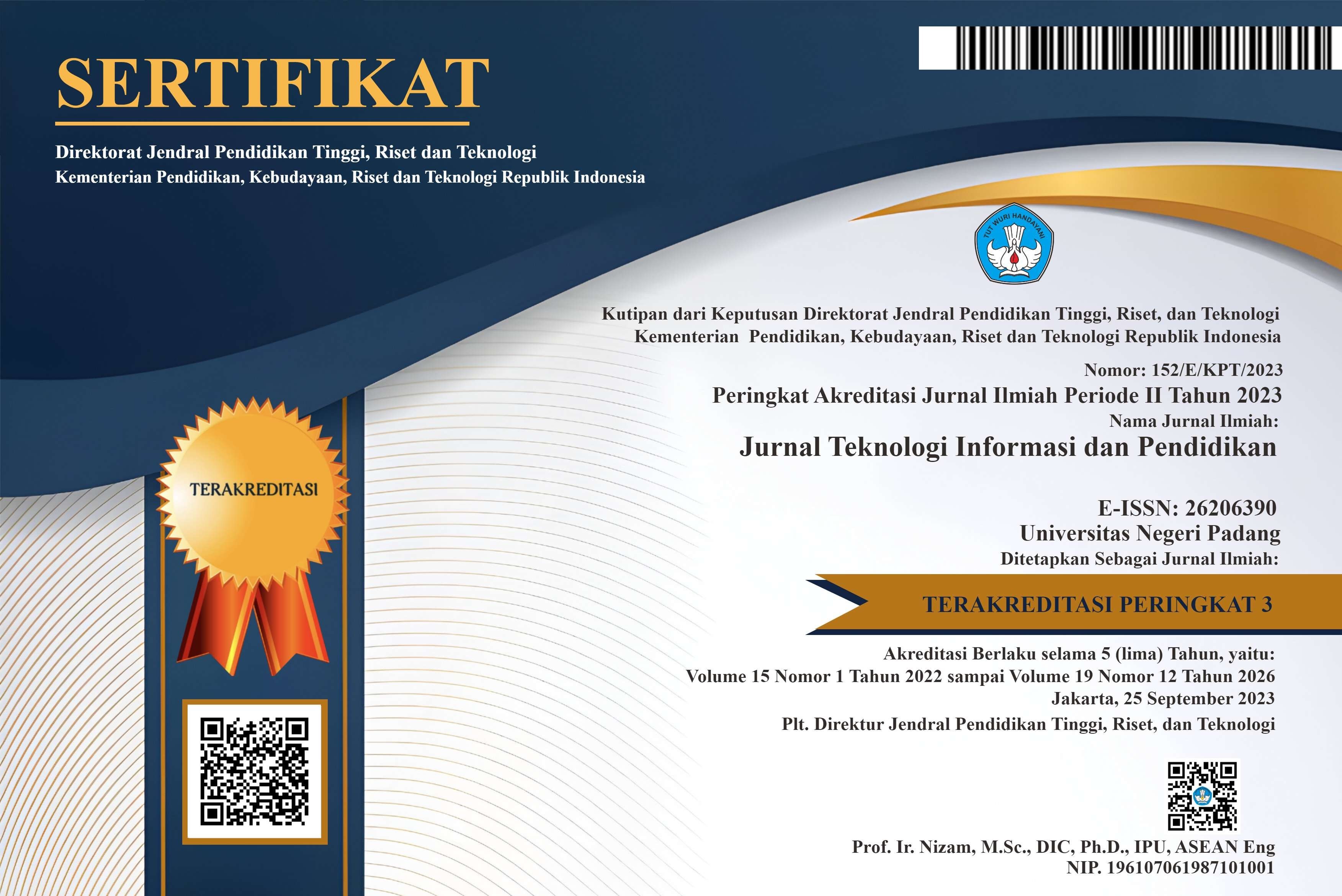Multi-task Cascaded Convolutional Neural Network Face Recognition in Robot SAR (Socially Assistive Robot)
DOI:
https://doi.org/10.24036/jtip.v17i1.734Keywords:
SAR Robot, MTCNN, Image Processing, Raspberry, Autism, arduino, mg995Abstract
This study intends to create a Face Recognition system for a Socially Assistive Robot (SAR) created especially for autistic youngsters. Autism is a developmental disease that has varied degrees of impact on social interaction, speech, and behavior. In order to address the developmental deficits in autistic children, early intervention is essential. Children with autism require the right kind of therapy to help them manage their anxiety, develop their social skills, and sharpen their concentration. In this study, Multi-task Cascaded Multi-task Cascaded Convolutional Neural Network(MTCNN) facial recognition technology is used to classify and identify the emotions of autistic children. The technology has the ability to record and recognize children's faces, gauge a child's level of autism, categorize their emotions, and offer the proper support. Previous studies have indicated that it is possible to identify children with autism through their facial expressions. It is anticipated that by using Face Recognition technology on a SAR, autistic youngsters will make progress in their treatment and will feel better emotionally and be more motivated. This research serves as a foundational step in the creation of technologies that can improve the quality of life for kids with autism.















.png)














